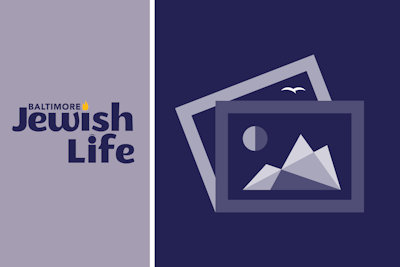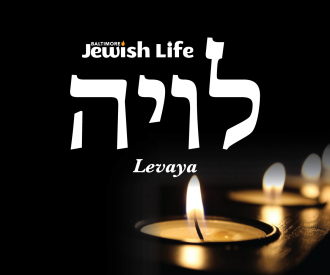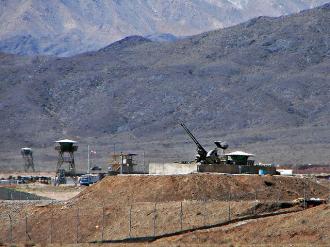Two consecutive elections in Israel just five months apart have produced inconclusive results without the formation of a left-wing, right-wing or centrist majority government. Israelis now hope to end the electoral impasse in a third election scheduled for March 2. In advance of the upcoming date, Knesset parties officially submitted their final candidate lists this week.
During it all, Israel Prime Minister Benjamin Netanyahu has continued to lead the country, indictments and all.
There have been relatively few political shifts thus far, with most of the major parties submitting nearly identical candidate lists as the previous election in September. Polls currently indicate that neither Israel’s pro-Netanyahu nor anti-Netanyahu blocs are likely to secure a majority.
Meanwhile, Avigdor Lieberman’s primarily Russian Yisrael Beiteinu Party, which resigned in November 2018 from a Netanyahu-led right-wing government and refused to join Netanyahu-led coalitions following the previous two election contests, continues not to pledge support to a right-wing or a left-wing government.
Yet despite the unprecedented electoral impasse—and few changes on the political map—Lieberman insists that the parliament will figure out a way to form a majority.
“One way or another, there’ll have to be a resolution,” Lieberman told Army Radio. But the former defense minister refused to say whether he would continue his demand following the second election on the formation of a secular centrist government.
In the run-up to this week’s deadline, smaller parties both to the right and left of the political spectrum created mergers to ensure that the factions would cross the 3.25 percent electoral threshold, which is approximately 200,000 votes and equivalent to four Knesset seats. All votes for parties that fail to cross the threshold are simply discarded prior to the distribution of mandates.
In a tension-filled hustle to the submission deadline, three out the four smaller right-wing nationalist parties came together in a technical alliance, while jettisoning the fourth faction, which is now unlikely to cross the electoral threshold. The New Right Party led by Naftali Bennett and Ayelet Shaked joined forces with the Jewish Home faction, led by Rafi Peretz, and the National Union faction, led by Bezalel Smotrich. The alignment is similar to that of the September elections.
Forced to run on its own, the Otzma Yehudit Party—considered the most radical of the small parties—received only 80,000 votes in the September, equivalent to nearly two Knesset mandates, but well short of the minimum needed to enter parliament.
While Otzma had already formed an alliance with Jewish Home in the weeks leading up to the deadline, Peretz dissolved the two-party alliance to join New Right and National Union. New Right refused to allow Otzma on the joint ticket, despite pressure from Netanyahu, who sought to ensure that no right-wing votes would be discarded in the upcoming election.
Otzma railed at Jewish Home for breaking its arrangement, as well as the other right-wing factions that excluded it. Its leader, Itamar Ben-Gvir, said following the announcement that “the religious Zionist movement has reached a new low. We did everything possible for there to be total unity, including giving up on spots higher on the list.”
Otzma is now running alone, but is being pressured by Netanyahu to drop out of the race in order to ensure that tens of thousands of right-wing voters will not vote for the party.
‘It’s on us to work harder’
Meanwhile, veteran left-wing parties Labor and Meretz completed a merger to safeguard that neither party falls below the electoral threshold.
Hilik Bar, former Knesset deputy speaker and secretary of the Labor Party, told JNS that “this merger is no small gamble. Labor didn’t want to do it because we differ from Meretz on security and diplomacy, and on some aspects of social issues. But seeing where both parties were standing in the polls, the hope is that the merger will lead to more seats than each party individually. Now it’s on us to work harder and to make that a reality.”
Yet the left-wing also jettisoned a popular young female lawmaker in the process: Stav Shaffir, who left Labor in advance of the September elections to help form the Democratic Union of the Meretz Party and former Israeli Prime Minister Ehud Barak. She was not included in the joint Labor-Meretz list, despite her desire to run again.
“I did whatever I could during the last year to bring about a massive merger of all forces on the left,” Shaffir told JNS. “In my opinion, that is the only way to change the country’s course and for the left to take over the leadership. I believe in bringing the younger generation together with the older parties.”
She added that she is now “paying the personal price” for her efforts, saying “it’s better for me not to run than to attempt an independent run and risk losing seats from our bloc. The fate of the State of Israel is more important than any seat in the Knesset.”
The only other shake-up involved the Israel’s two largest political parties. Ethiopian Knesset member Gadi Yevarkan, who was the 33rd candidate on the Blue and White list, defected to join Likud, which has offered him the 20th seat on its Knesset list. Blue and White received only 33 mandates in the previous election, and Likud received 32.
In total, 30 lists were submitted to the Central Elections Committee, though only eight are expected to cross the threshold to enter the Knesset.















